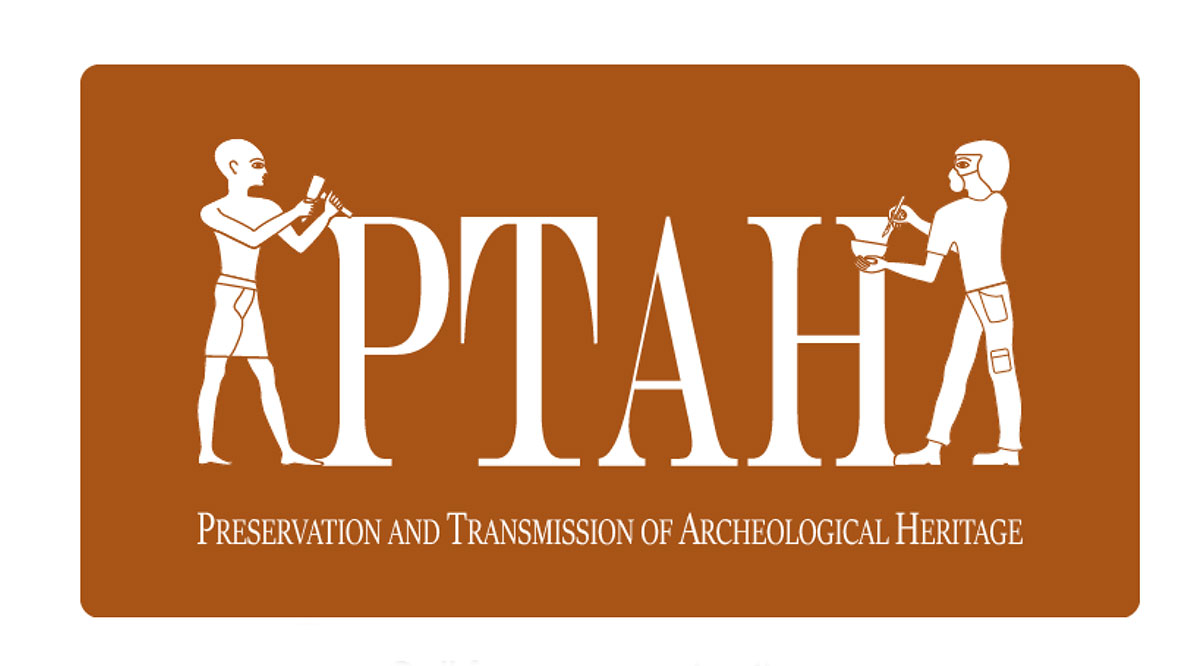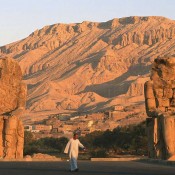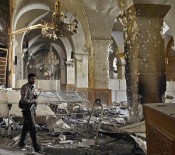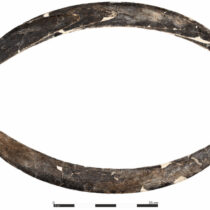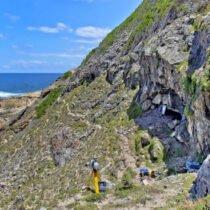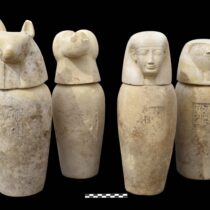The French-Egyptian Centre for the Study of the Temples of Karnak (CFEETK— (MoTA/CNRS) is pleased to organize a new conference, the PTAH Symposium. This first international symposium on the conservation practices throughout Egypt will be focused on the practices and the professionals working on monuments and artefacts from the Theban Valley only for this year. This event will allow professional conservators, students in conservation and trainees working in Luxor on a permanent or temporary mission to share their experiences, their difficulties or their projects. We would like this to be a privileged moment for updating and transferring our knowledge, both for professionals and trainees. We welcome communications from conservators and professionals related to conservation.
The PTAH symposium will be held in Luxor on the 7th and 8th February 2025.
The conference will be separated in four main themes:
A: Preventive conservation, museums and reserves
This first theme focuses on conservation work specifically intended for museums: presentation of an object out of its context, choices of presentation of an incomplete sculpture, precautions taken to expose a fragile object, preventive conservation measures. This axis also concerns the preparation of a condition report or the preliminary work for a conservation-restoration project that has not yet been implemented. It can include the organization of museum or on-site reserves as well as the modifications made to transform them involving preventive conservation issues. This matter is a major challenge in the field of conservation. Communications on this item are very eagerly awaited. It can be current project or a future project.
B: Painting, sculptures, and archaeological artefacts
Most of the conservators (professionals, students and trainees) work mainly on this type of objects on archaeological sites. Communications may concern conservation issues related to the degradation of their materials, to their conservation history or to the archeological site itself. It is also possible to discuss presentation issues of an object in a heavily visited archaeological site (ex : choice of extensive reconstitution or minimalism, public distancing measures,…).
For small archaeological objects (movable), the choices and methods of conservation, restoration and their packaging or exposition will also be a very interesting topic to develop (subject which can also make a bridge with preventive conservation).
C: Restoration of architectural elements
This kind of conservation involves the collaboration of conservators with other professions like masons, stonemasons or architects. Therefore, this axis may imply collaborative communications with or of other professions. This axis is focusing on architectural elements and includes not only stone constructions but also brick edifices (terracotta or mud bricks).
For example, it is possible to communicate on the consolidation of an architecture in danger, on the stages of an anastylosis or the problems of presentation of a monument for its opening to the public, etc.
D: Contribution of interdisciplinarity in conservation
Conservation work usually takes place in an interdisciplinary context. Surveys, photographic coverage and photogrammetry are valuable tools that facilitate conservation-restoration interventions. In this last theme, we are looking for communications from the professions in close collaboration with conservators, such as photographers, drawers, etc. These coexisting disciplines provide essential information and allow their professionals to observe heritage objects with another eye, which often influences the decisions on future interventions.
Four types of communications are considered:
– Oral communications of 20 minutes maximum with a time for debate
– Posters (if selected, guidelines will be provided)
Conservators, newly professionals and trainees wishing to participate are invited to send an abstract of max. 300 words, a title and a short bio in English by the 14th of August 2024 to this address: [email protected]. Selected submissions will receive their acceptance notification in September 2024.
Each proposal has to stipulate in which category they wish to submit and what type of communication (oral or/and poster).
Participants who wish to present a poster have to comply with the same proposal submission. They will receive with their acceptance notification the guidelines (for image sizing, fonts, etc.).
If the communications are primarily aimed to disseminate the work of conservators and restorers carried out in Egypt, some communications around the initial subjects may be integrated, depending on the proposals received.
The conference proceedings aimed to be published afterwards.
Any questions you may have regarding the symposium and abstract proposal can be asked at this e-mail address: [email protected].
The PTAH committee members :
Agnès Oboussier (chief conservator of CFEETK, member of CNRS)
Mohamed Gad Ahmed (Chief conservator of the Karnak temples, MoTA)
Zeinab Mohsen (Chief conservator of the temple of Amun at Karnak, MoTA)
Laura Bontemps (Free-lance conservator and PhD candidate at Heritages)
Manon Lefevre, (Free-lance conservator, CFEETK collaborator)
Bianca Madden (Free-lance conservator, ARCE collaborator)
